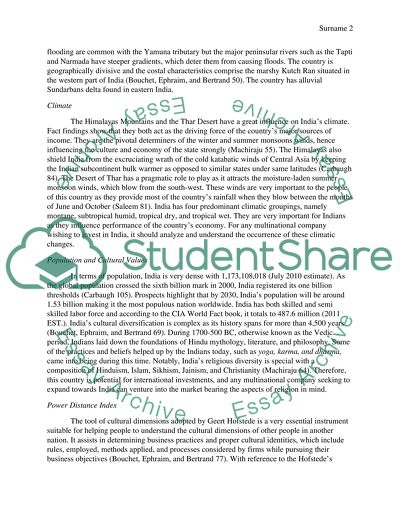Cite this document
(“Country risk analysis Research Paper Example | Topics and Well Written Essays - 1750 words”, n.d.)
Country risk analysis Research Paper Example | Topics and Well Written Essays - 1750 words. Retrieved from https://studentshare.org/finance-accounting/1460095-country-risk-analysis
Country risk analysis Research Paper Example | Topics and Well Written Essays - 1750 words. Retrieved from https://studentshare.org/finance-accounting/1460095-country-risk-analysis
(Country Risk Analysis Research Paper Example | Topics and Well Written Essays - 1750 Words)
Country Risk Analysis Research Paper Example | Topics and Well Written Essays - 1750 Words. https://studentshare.org/finance-accounting/1460095-country-risk-analysis.
Country Risk Analysis Research Paper Example | Topics and Well Written Essays - 1750 Words. https://studentshare.org/finance-accounting/1460095-country-risk-analysis.
“Country Risk Analysis Research Paper Example | Topics and Well Written Essays - 1750 Words”, n.d. https://studentshare.org/finance-accounting/1460095-country-risk-analysis.


